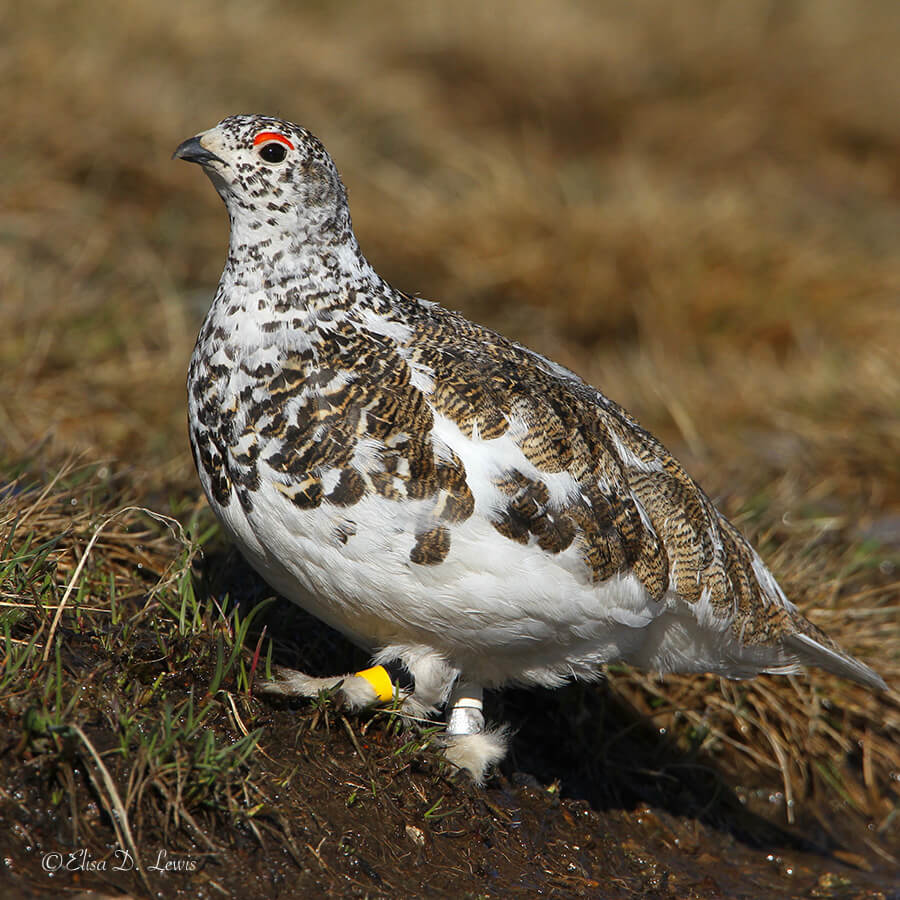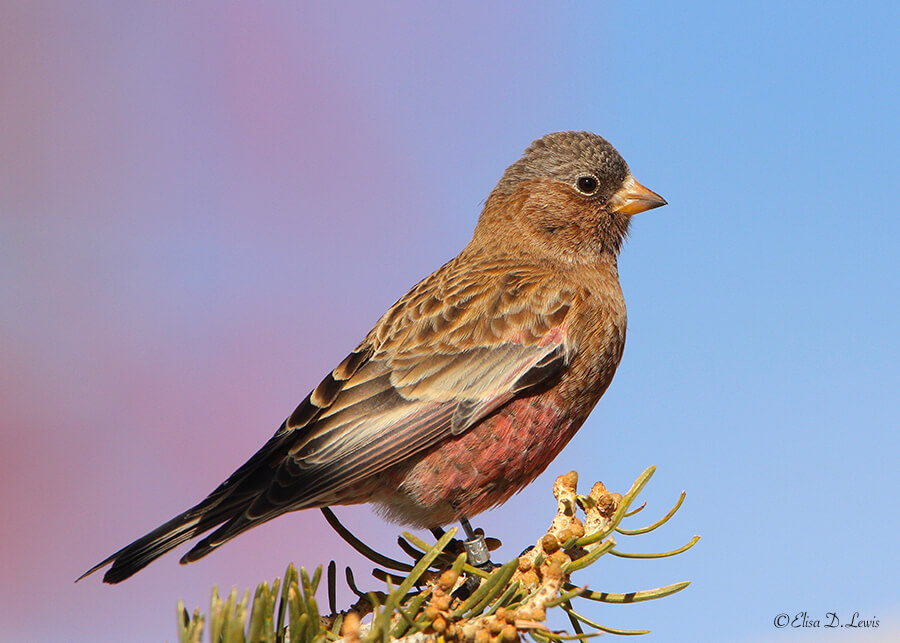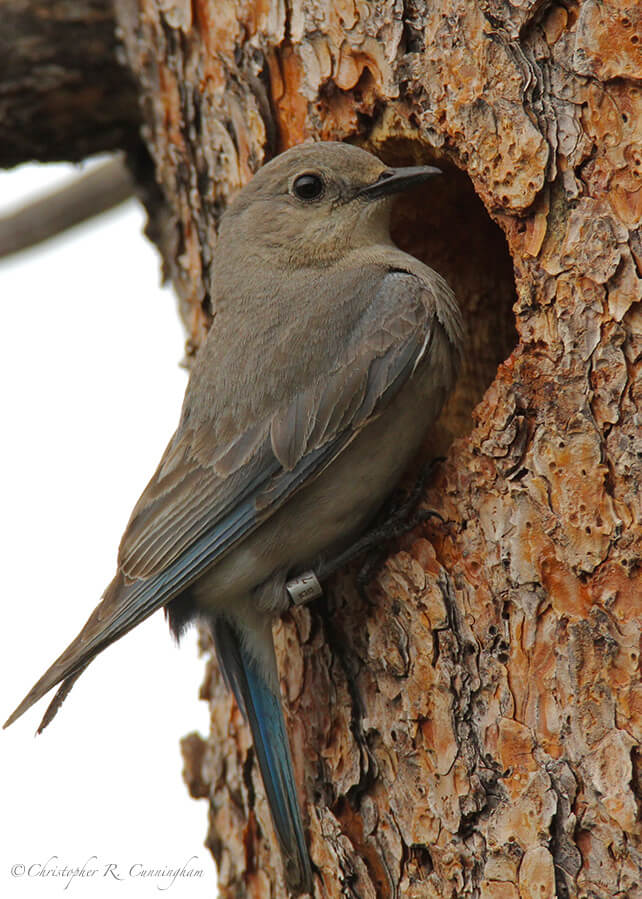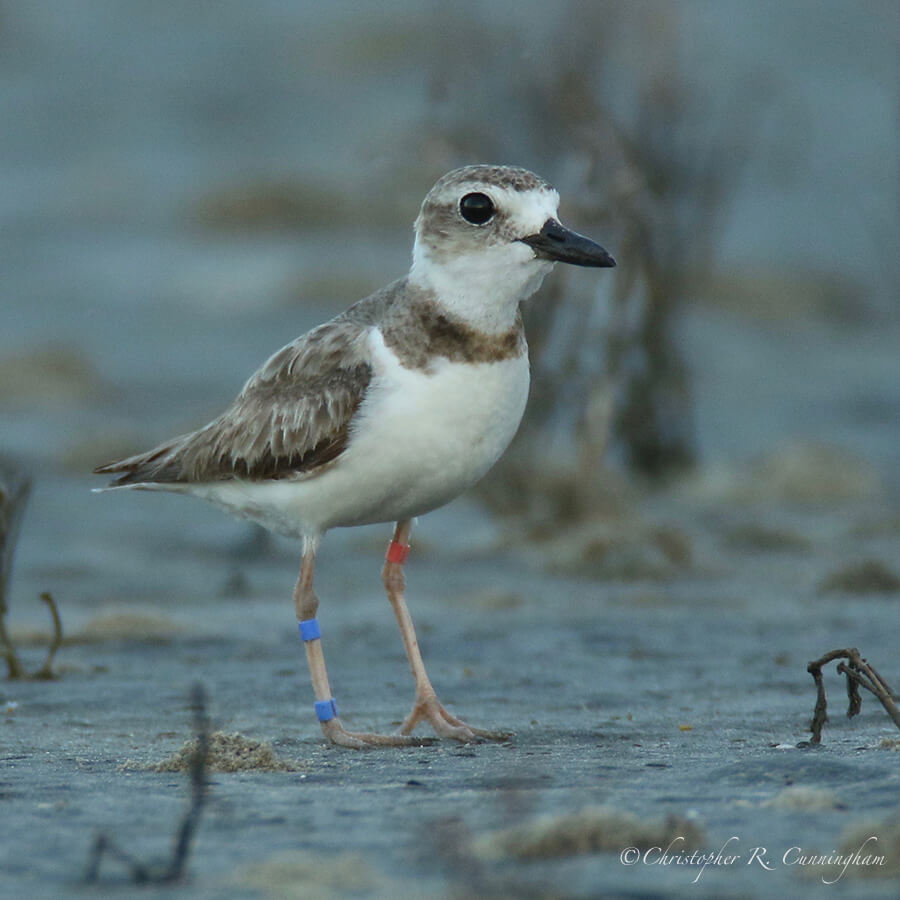What gets measured, gets managed. —Peter Drucker

Do the leg bands on my subjects ruin the shots for you? Me, I’m on the fence. Generally, Chris and I like to capture an idealized view of nature. We travel to state and national parks, wildlife refuges and nature preserves. We try to avoid shots that include fences, telephone poles, signs and roads. We like our birds au natural.
Nature provides a necessary respite from the human hustle—an escape from the man-made. Perhaps its true for you, too. Alas, the escape is an illusion. Even if we agree that humans are not the center of life on earth, we can’t deny that our influence is all but ubiquitous. How I crave those vistas without a trace of mankind—hard to find when you live in a metropolis. But, peering at the world through a camera lens takes me there. I suspend disbelief with a world view framed by the viewfinder and the silent still images that result.
So, when your subject sports a leg band, it kinda bursts the bubble.

Many agencies and organizations use bird leg bands for tracking purposes. For example, U.S. federal agency bands are for birds covered by the Migratory Bird Treaty Act, and state and provincial bands are for game birds (Galliformes). These banding programs are the reason we know what we know about the timing and scale of migration. Some agency programs, such as the North American MAPS (Monitoring Avian Productivity and Survivorship) Program, also produce data on the abundance, survivorship, and ecology of our continental land birds so the conservation community can better address conservation needs.

Chris and I sometimes romanticize the idea of time-traveling to the Pleistocene Epoch and experiencing the world at the dawn of man—before we altered the environment so discriminately in our favor. But here we are, in the Anthropocene, deeply intertwined with so many of our fellow species. And, unlike our fellow species, we know what we do. Conservation science through bird banding places our best foot forward to mitigate some of the damage, or at least learn how to considerately coexist.
So, putting aside all fantasies of a better past, I am compelled to celebrate these unwitting research subjects. They carry a burden for their well being—and so must we.

©2017 Elisa D. Lewis and Christopher R. Cunningham. All rights reserved. No text or images may be duplicated or distributed without permission.